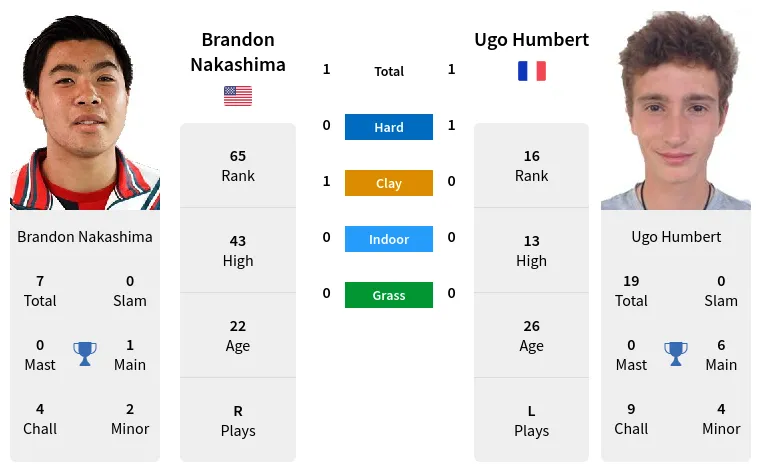Okay, here is my sharing about “humbert vs nakashima” today.

Today, I’m gonna talk about something that got me scratching my head for a while – humbert and nakashima. I stumbled upon these two when I was trying to figure out the best way to defend against a pick-and-roll. Yeah, I know, sounds like a basketball playbook, but trust me, it’s relevant even if you’re not a sports nut.
So, I started digging into this whole “humbert” thing. What I got was that it’s a defensive strategy, kinda like hedging in basketball. Imagine the guy setting the screen, and you, as the defender, gotta step out to stop the ball handler and then quickly recover to also cover the guy rolling to the basket. That’s humbert in a nutshell. Sounds simple enough, right? But man, it takes some serious footwork and timing to get it right.
- First, I watched a bunch of videos, trying to see how the pros do it.
- Then, I tried to break it down, step-by-step, you know, like those tutorials you find online.
- After that, I hit the court with a buddy to actually practice it.
Let me tell you, the first few attempts were… well, let’s just say they weren’t pretty. I was either too slow, too early, or just plain in the wrong spot. But, we kept at it, drilling it over and over again. Slowly but surely, I started to get the hang of it. The key, I realized, was to anticipate the moves, be quick on my feet, and keep my eyes on both the ball handler and the roller.
Then there’s “nakashima.” Now, this one was a bit trickier to understand, at least for me. It is all about the second ball handler. I read through a bunch of stuff and what it kept coming back to was how to defend when there’s a second guy who can handle the ball after the initial screen. You are thinking about how to react, how to position yourself, all that jazz.
I tried to find some clear examples, like in a game or something, but it wasn’t easy, most of the stuff on the web were just full of codes, and those free online tutorials were mainly about web languages. Finally, I figured, the best way to learn this is to just try it out. So, back to the court we went. We ran some drills where one guy would set the screen, another would handle the ball, and a third guy would act as the second ball handler. It was tough at first, but I started to see how you could use the humbert principles to also deal with this nakashima situation.

My Realization
Basically, both humbert and nakashima are about being prepared and adaptable on defense. You gotta be able to read the play, react quickly, and work with your teammates. It’s not just about these specific techniques, but about understanding the bigger picture of defensive strategy. And just like anything else, it takes practice, practice, and more practice.
So, that’s my little journey into the world of humbert and nakashima. It might not be the most exciting topic, but it’s definitely made me think differently about how to play defense. And who knows, maybe it’ll help you out too, whether you’re on the court or just trying to navigate the challenges of everyday life. Keep learning, keep practicing, and keep adapting – that’s the name of the game!








